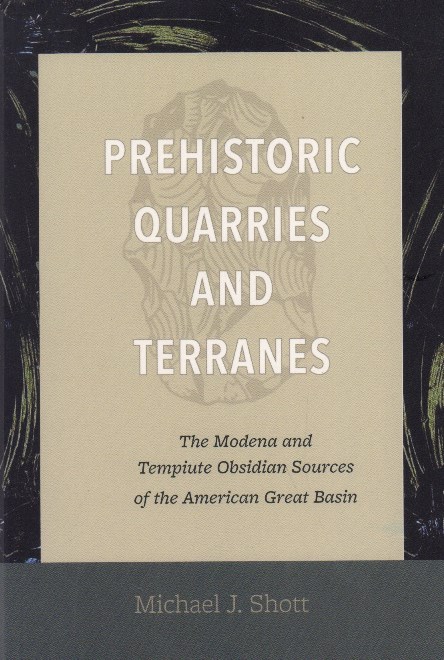Prehistoric quarries and terranes : the Modena and Tempiute obsidian sources of the American Great Basin / Michael J. Shott.
Yer Numarası
B.II/0449
ISBN
9781647690106 (cloth)
9781647690113 (ebook)
9781647690113 (ebook)
Dil Kodu
İngilizce
Kütüphane
Türk Tarih Kurumu Kütüphanesi
Yazar
Eser Adının Farklı Biçimi
The Modena and Tempiute obsidian sources of the American Great Basin
Yayın Bilgisi
Salt Lake City : University of Utah Press, 2021.
Fiziksel Niteleme
xvi, 279 sayfa : resim, şekil, harita, grafik, tablo ; 26 cm
Genel Not
İndeks s. 271-279.
Bibliyografi, vb. Notu
Bibliyografya s. 243-270.
İçindekiler Notu
Introduction : approaches to quarry studies -- Previous research in Lincoln County -- Obsidian and the Modena and Tempiute quarries -- Fieldwork and data collection -- The reduction process and analysis of flake debris -- Bifaces -- Testing the field-processing model in biface-preform data -- Estimating scale of quarry production -- Obsidian hydration dating -- Modena and Tempiute terranes : inferring scale and pattern of prehistoric land use.
Özet, vb.
“Because of the sheer volume of industrial debris and the limited information it yields, quarries are challenging archaeological subjects. Michael J. Shott tackles this challenge in a study of flakes and preforms from the Modena and Tempiute obsidian quarries of North America's Great Basin. Using new statistical methods combined with experimental controls and mass analysis, Shott extracts detailed information from debris assemblages, and parses them by successive 'stages' of reduction continua. The book also reports the first test of the behavioral ecology field-processing model that treats quarry biface production in continuous terms, and estimates the production efficiency of prehistoric Great Basin knappers. After mapping and interpreting the abundance and distribution of quarry products, Shott concludes by charting future lines of research in the analysis of large toolstone sources. Whatever area of the world and technological traditions they research, lithic analysts will learn much from this book's approach to complex archaeological deposits and their constituent artifacts.“ -- Arka kapak.


